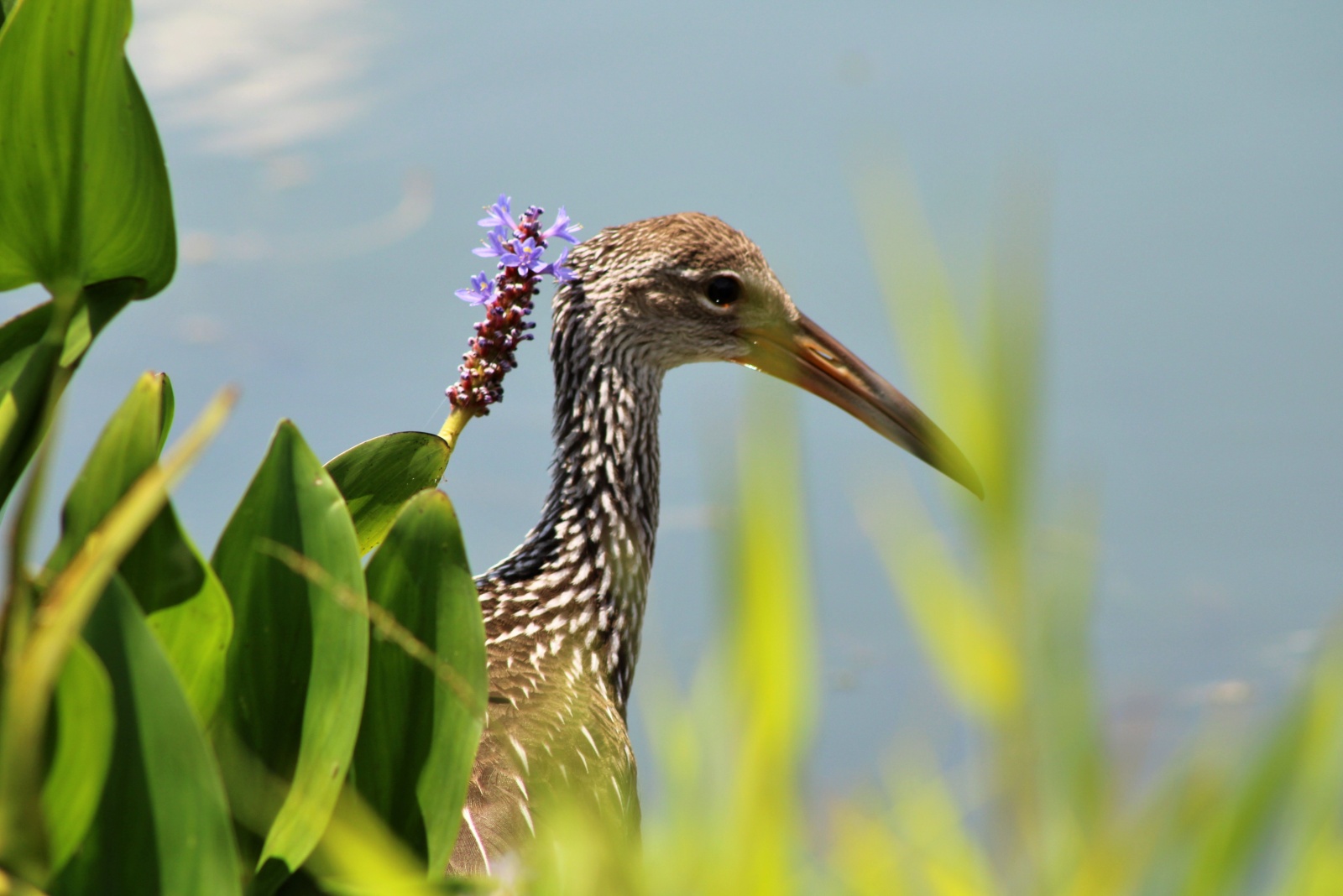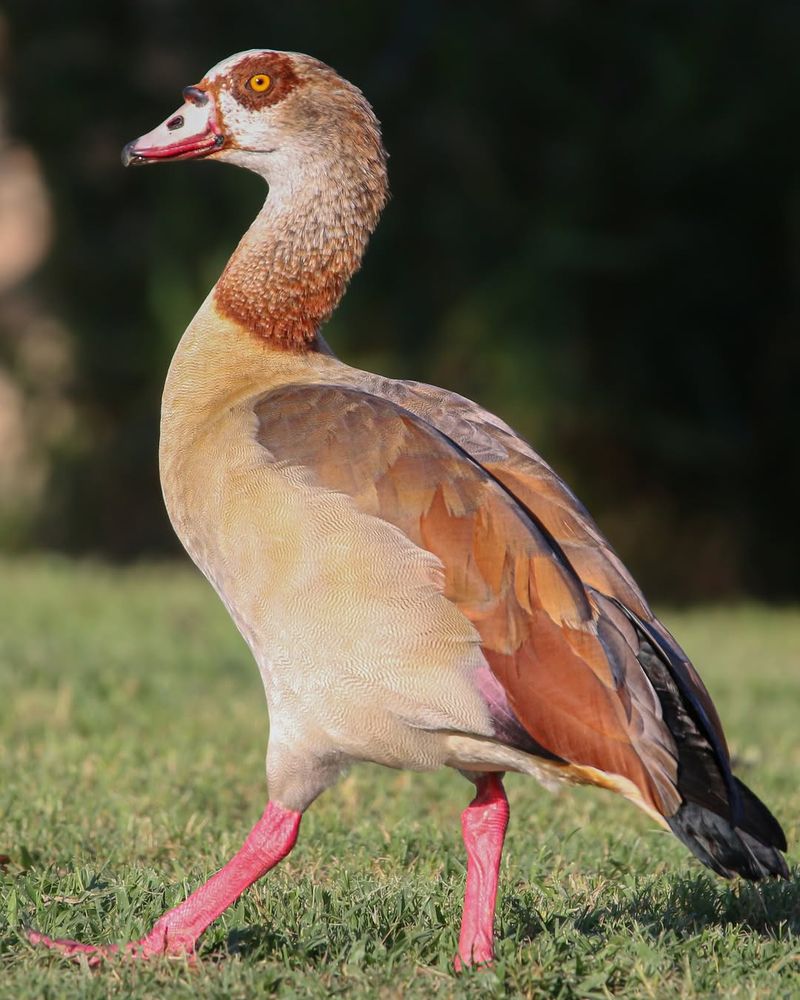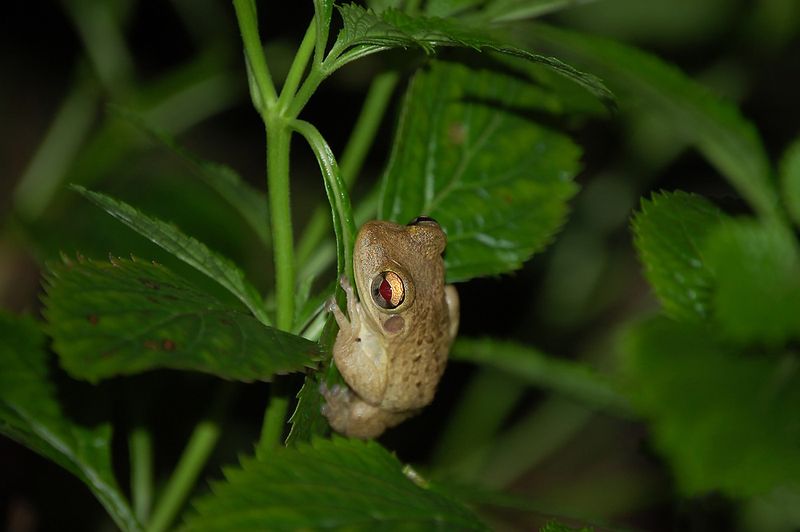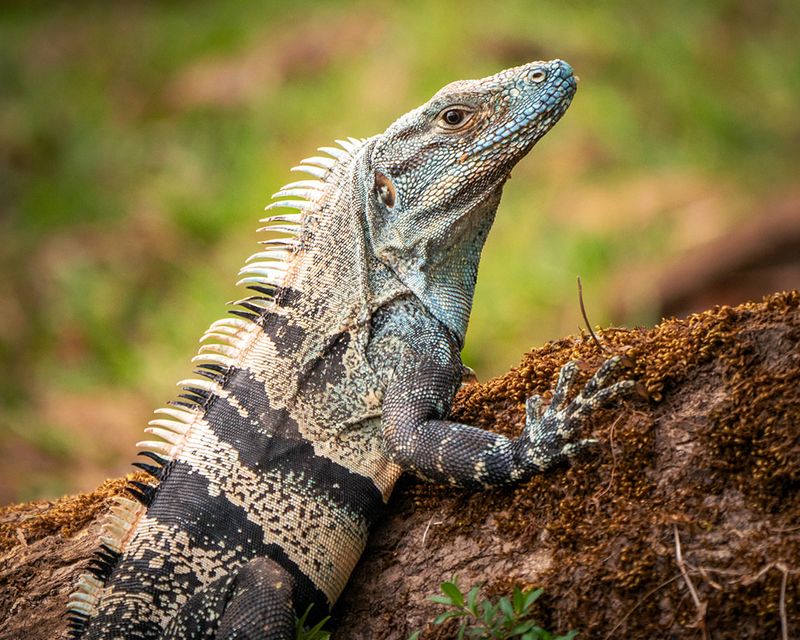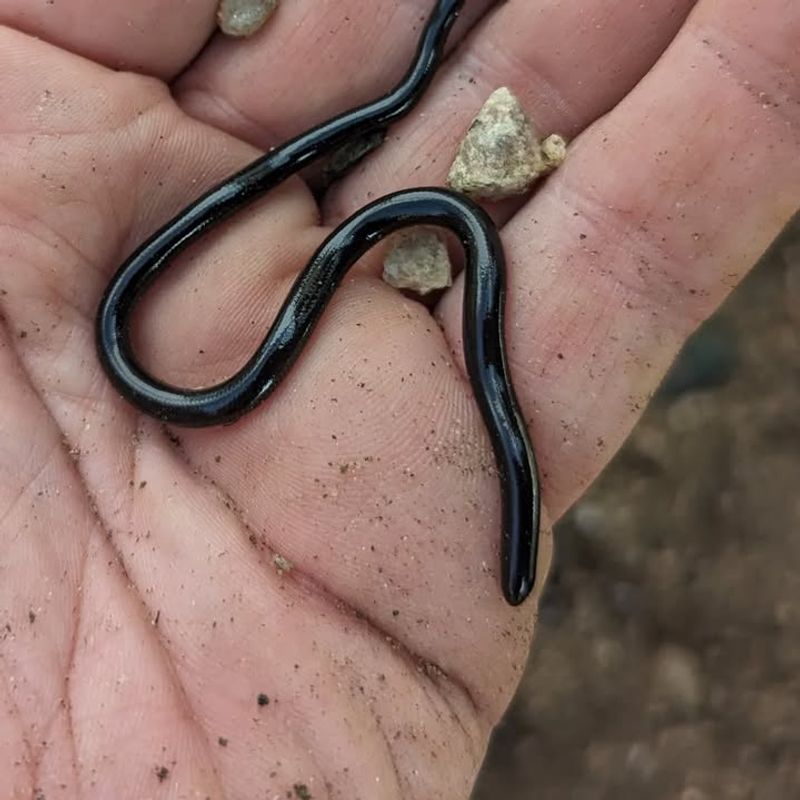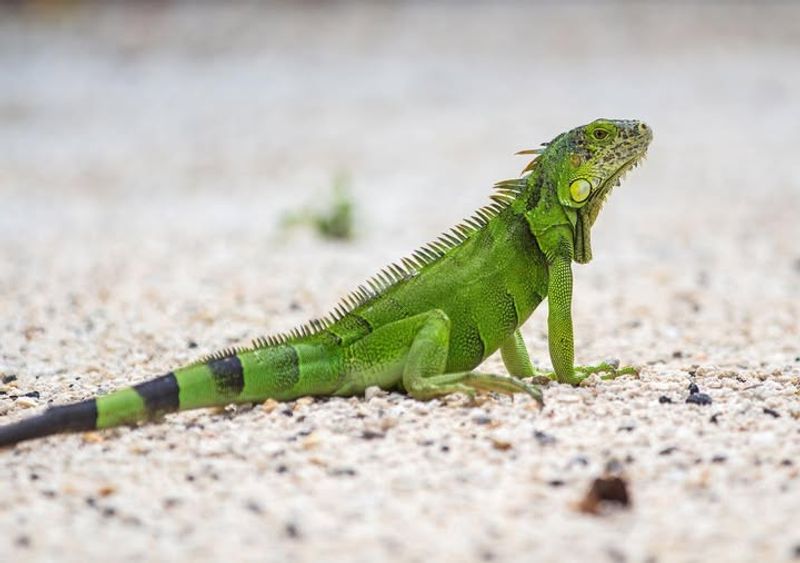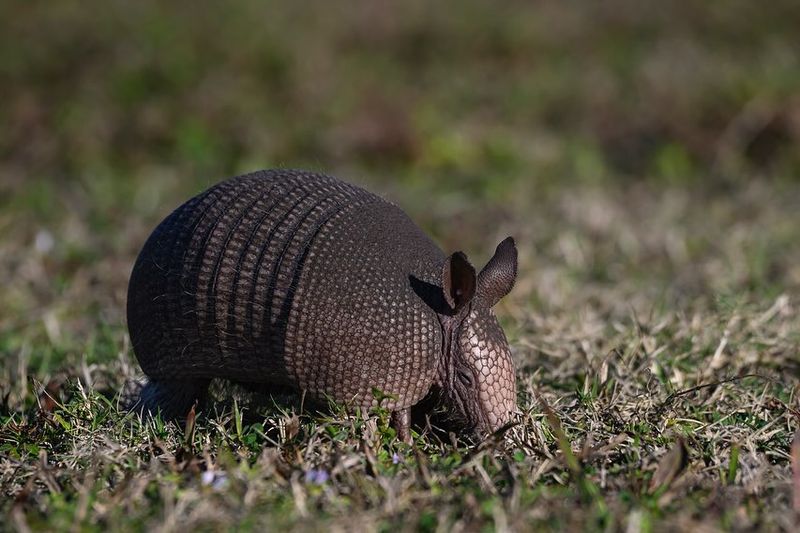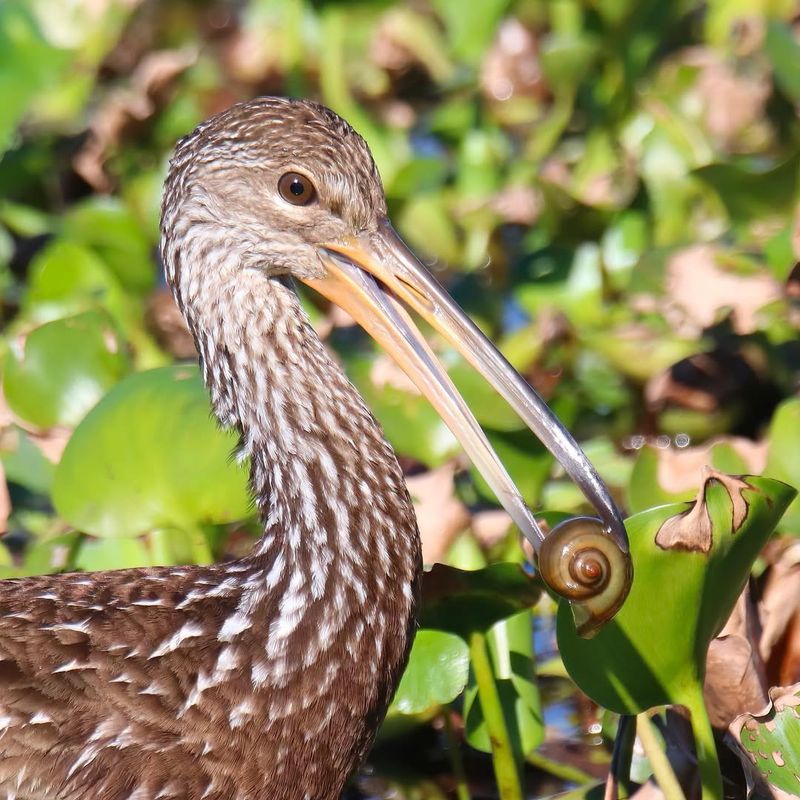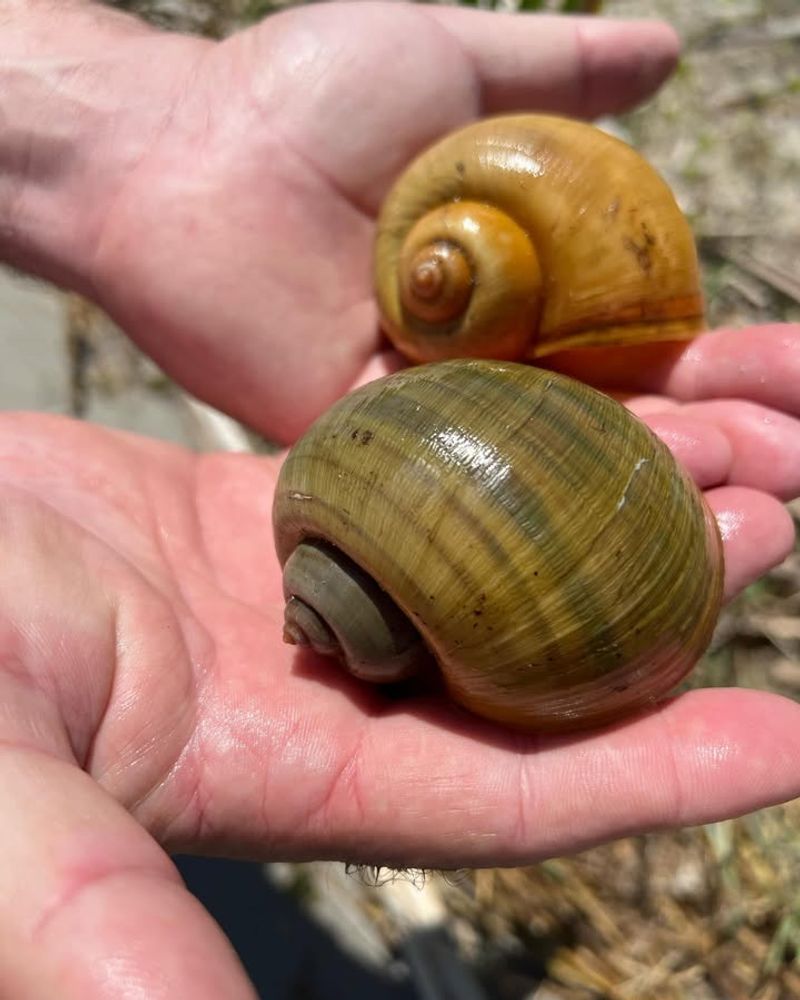Florida’s backyards have become home to some surprising new neighbors over the past decade. From colorful reptiles to noisy frogs and even unexpected birds, the Sunshine State’s wildlife scene is changing fast.
Climate shifts, fewer cold snaps, and accidental introductions have allowed species that were once rare or absent to thrive in suburban neighborhoods, bringing both wonder and challenges to homeowners across the state.
1. Brown Anoles
Originally from Cuba and the Bahamas, brown anoles have absolutely exploded across Florida neighborhoods in recent years. You’ll spot them scurrying across sidewalks, climbing fence posts, and darting through garden beds almost everywhere you look.
Their rapid population boom has pushed native green anoles higher into trees and shrubs. Brown anoles eat insects and spiders, which sounds helpful, but they also compete with native species for food and territory.
If you see a small lizard doing push-ups on your patio, that’s likely a male brown anole showing off his colorful throat pouch to claim his space.
2. Egyptian Geese
With their striking rusty-brown eye patches and bold personalities, Egyptian geese have become regular visitors to Florida’s water features and grassy areas. These African natives were brought to the U.S. as ornamental birds but quickly established wild populations.
They’re often seen grazing on lawns near retention ponds, community lakes, and golf courses. Unlike many waterfowl, they can be quite aggressive, especially during nesting season when they fiercely protect their young.
Their loud, honking calls at dawn might wake you up, but watching goslings waddle behind their parents is undeniably adorable.
3. Cuban Tree Frogs
If you’ve heard incredibly loud croaking outside your bedroom window at night, you’ve probably met the Cuban tree frog. These invasive amphibians arrived from the Caribbean and have become one of Florida’s most problematic introduced species.
They’re bigger than native tree frogs and will actually eat smaller frogs, lizards, and even baby snakes. Cuban tree frogs love hanging around outdoor lights where they feast on attracted insects.
Their skin secretes a sticky substance that can irritate your hands, so always wear gloves if you need to remove one from your home.
4. Black Spiny-tailed Iguanas
Meet one of Florida’s newer reptilian residents that’s been making headlines in coastal cities. Black spiny-tailed iguanas are muscular, fast-moving lizards that can grow over four feet long, including their intimidating spiky tails.
Native to Central America, they’ve established breeding populations in South Florida and are steadily expanding northward. These iguanas dig extensive burrows that can damage seawalls, sidewalks, and building foundations.
Unlike green iguanas, they’re primarily ground-dwellers and incredibly quick runners. They’re also less vegetarian than their green cousins, occasionally snacking on insects and small animals alongside plants.
5. Brahminy Blind Snakes
Don’t panic—that’s not a weird worm in your flowerpot! Brahminy blind snakes are harmless, pencil-thin snakes that rarely grow longer than six inches. They’ve hitchhiked across the world in potted plants and landscaping soil, earning them the nickname “flowerpot snakes.”
These tiny serpents spend most of their lives underground, eating ant and termite larvae. Interestingly, all Brahminy blind snakes are female and reproduce without males through a process called parthenogenesis.
You might uncover one while gardening, but they’re completely harmless to humans and actually help control pest insects in your soil.
6. Green Iguanas
Green iguanas used to be confined to South Florida, but milder winters have allowed them to march steadily northward into counties where they were never seen before. These vegetarian giants can reach six feet in length and have become a common sight lounging on pool decks and munching through gardens.
Fewer hard freezes mean better survival rates for these cold-sensitive reptiles. They’re excellent swimmers and climbers, making waterfront properties especially appealing.
While they look prehistoric and cool, green iguanas can cause serious damage to landscaping, and their droppings can contaminate pools and patios.
7. Nine-banded Armadillos
Armadillos have been on an incredible northward journey over the past few decades, and Florida’s suburbs have become prime real estate for these armored diggers. Their range has expanded dramatically as temperatures have warmed and suburban developments have created ideal habitat.
You’ll know armadillos have visited when you find cone-shaped holes throughout your lawn where they’ve dug for grubs, beetles, and other insects. They’re most active at dawn and dusk.
Despite their prehistoric appearance, armadillos are actually quite skittish. When startled, they can jump straight up several feet, which unfortunately often results in car collisions.
8. Limpkins
With their haunting wails that sound almost human, limpkins were once rare birds confined to remote wetlands. Now they’re showing up in neighborhood ponds and canals across much of Florida, thanks to an explosion of their favorite food: apple snails.
These chocolate-brown wading birds have specially curved beaks perfectly designed for extracting snails from their shells. Their eerie calls, especially at night, have startled many homeowners who weren’t expecting such unusual sounds.
Watching a limpkin skillfully handle an apple snail is fascinating—they’re true specialists at their craft and have benefited greatly from invasive snail populations.
9. River Otters
Imagine looking out your window and seeing playful otters sliding and splashing in your neighborhood retention pond! River otters are making a remarkable comeback in Florida, and they’re increasingly comfortable in suburban environments with adequate water features.
Improved water quality and abundant fish populations in community lakes have made these areas attractive to otters. They’re most active during early morning and evening hours.
While adorable, otters are wild predators that can be aggressive if cornered. Keep pets away and simply enjoy watching these charismatic mammals from a safe distance—their playful antics are truly entertaining.
10. Apple Snails
Apple snails might seem like an odd addition to a wildlife list, but these softball-sized mollusks have transformed Florida’s freshwater ecosystems. Originally from South America, they’ve invaded canals, ponds, and lakes throughout the state.
You’ll notice their distinctive bright pink egg clusters cemented to plants, pipes, and walls above the waterline. Each cluster can contain hundreds of eggs, explaining their rapid population explosion.
While they’re herbivores that munch aquatic plants, apple snails have inadvertently attracted bird species like limpkins and snail kites that feed almost exclusively on them, changing the ecological balance of suburban waterways.

